The Marvel Cinematic Universe has popularised the concept of the multiverse—an idea that infinite, parallel universes can exist along similar trajectories. But the idea of alternate realities, second selves and jumping through time loops, is hardly new. Science fiction has played around with them for decades. Follow the trail as we track pop culture’s trysts with the multiverse.
1923: HG Wells’s novel, Men Like Gods is the first to take readers through an invisible portal into a strange dimension called Utopia. In his social satire, Utopia is 3,000 years ahead of humanity as we know it on Earth. We’ve transcended religion and politics. Science flourishes alongside principles of truth and freedom. We see it all through the eyes of London journalist, Mr. Barnstaple, who’s accidentally landed here.
.
1934: Murray Leinster’s short story, Sidewise in Time (published in the American science-fiction magazine Astounding Stories) introduces the idea of parallel universes. A team of scientists set off on an expedition to uncover why sections of the Earth are being swapped by their equivalents in alternate timelines. In this quest for learning more, they travel to primitive timelines at the risk of losing contact with their original world.
.

1939: The Wizard of Oz film – half black-and-white, half colour – becomes the definitive adaptation of L. Frank Baum’s 1900 children’s novel. Farm girl Dorothy and her dog, Toto, are literally whisked off, home and all, to an alternate dimension, the Land of Oz. Here, magic is possible. There are good witches, yellow brick roads and a Tin Man. But how do you get back home?
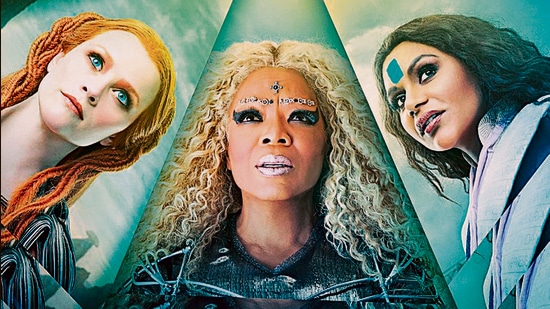
1962: Madeline L’Engle’s A Wrinkle in Time gives young-adults a complex theoretical-science story wrapped in a fantasy adventure. Two kids and their friend embark on a journey through multiple galaxies in search of the siblings’ astrophysicist father. They meet supernatural beings, fight a sinister, dark cloud that threatens to intrude into every world. There’s a Mrs Who, a Mrs Which, a Mrs Whatsit. The classic was made into a film in 2018, starring Oprah Winfrey, Reese Witherspoon and Mindy Kaling.
.
1963: British writer Michael Moorcock brings the term ‘multiverse’ into popular culture through his novel, The Sundered Worlds. Set in a post-World War III context, it follows the tale of a nobleman who enters a mysterious galaxy, where he uncovers the secrets of interconnected alternate realities. The author also created the graphic novel Michael Moorcock’s Multiverse (1997) in which independent plots across locations and timelines converged into a single narrative.
.
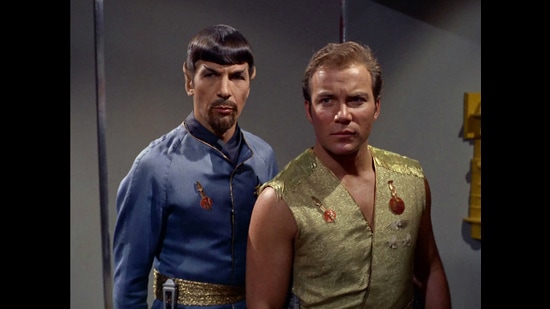
1967: TV audiences get acquainted with the idea of a mirror universe via an episode of Star Trek: The Original Series. Captain Kirk and his crew land on an Earth-like planet in a darker parallel universe run by their barbaric dopplegangers, and must defeat them to get back to their reality.
.
1970: British science fiction television series, Doctor Who, weaves in multiple alternate timelines and universes, winning over critics and fans in the process. The Inferno, in season 7, is one of the first shows to depict the protagonist in an alternate world. Here, the Third Doctor transports himself into a fascist universe where a drilling project penetrating Earth has catastrophic effects.
.
1984: Scientist, neurosurgeon, pilot and rockstar Dr Buckaroo Banzai finds himself fighting interdimensional aliens called Red Lectroids in the film Adventures of Buckaroo Banzai Across the 8th Dimension. It’s an oddly satisfying genre-bending adventure, garnering much of its loyal fan base in the years after its release. The story is quirky, the dialogues tongue-in-cheek. The idea that humans can save the world (and all the parallel ones) is now firmly part of pop culture.
.
1991: Players can jump across dimensions into new universes in video games too. The Legend of Zelda: A Link To The Past, builds alternate realms into its gameplay. Players can move between the Light World and the Dark World using portals.
.
1993: Everyone’s favourite Italian plumber joins the multiverse-hopping trend. Super Mario Bros, the film based on the Nintendo videogame series, is, by many accounts, a remarkably bad movie. But it weaves in alternate dimensions such as Dinohattan, inhabited by humanoids that have evolved from dinosaurs. A princess is being held captive there. The two Mario brothers set out to rescue her and save mankind from the evil dinosaur-descendant king Koopa.
.
1995: Science boosts science fiction. The TV series Sliders follows a group of travellers using a wormhole to slide into several parallel universes. Among their many adventures, they travel through an ice age where there are no other forms of life, visit a reality where penicillin was never discovered, and a dimension where time flows in reverse.
.
1998: Multiverses are not just for sci-fi but romantic dramas too. The film, Sliding Doors, starring Gwyneth Paltrow and John Hannah, showcases two parallel stories depending on the choices the female protagonist makes: like getting on a train or missing it. In later years, films like Mr Nobody (2009) used the same concept to follow Earth’s last mortal in a world where humanity has overcome death.
.
2001: The sci-fi action movie, The One, starring Jet Li has the protagonist exploring a set of complex, alternate realities to destroy 124 different versions of himself to become an all-powerful being. The pursuit of his other selves turns into a battle between good and evil, forcing him to introspect.
.
2007: Even geometry is involved. Flatland, based on the 1884 novella by mathematician Edwin Abbott Abbott, is a film about a titular two-dimensional world populated by circles, squares, triangles and other basic shapes, alarmed by the appearance of a sphere from a three-dimensional world. The film throws in revelations on dimensionality and infinity with the existence of other worlds like Lineland, Spaceland and Portland.
.
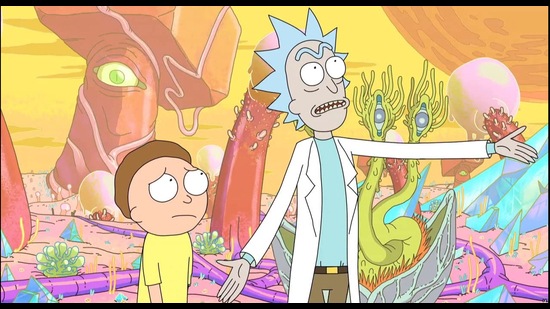
2013: The sci-fi comedy series Rick and Morty follows a crazy scientist and his grandson as they travel through bizarre alternate realities via a portal gun. There are post-apocalyptic wastelands, a world of sentient toilets, a dimension where pizzas eat people, a universe made up of giant butts, and one where nobody wears pants. Earth seems just as crazy.
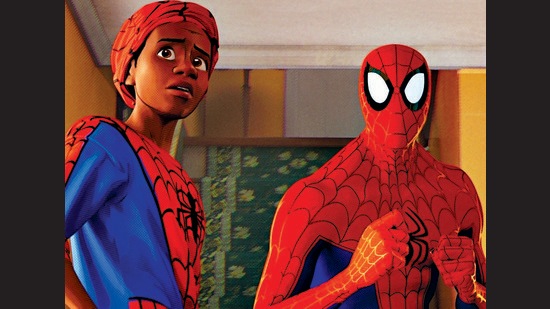
2018: Here come the blockbusters. Spider-Man: Into the Spider-Verse follows Miles Morales, Marvel’s Spider-Man in a universe much like our own. The villain Kingpin can open portals to multiple universes. Naturally, Morales must team up with his alternate-reality counterparts Spider-Woman, Noir Spider-Man and Spider-Ham (a pig) to fight him.
.
2021: Spider-Man: No Way Home becomes the first superhero blockbuster to use the multiverse as an integral part of its plotline. Spider-Man seeks help from Dr. Strange, which opens up a portal for all the villains and heroes from every Spider-Man live-action film since 2002 to come crashing through. The show What If…? (2021) reimagines integral moments from the MCU, set in alternate realities, while the TV series Loki (2021), takes the Marvel mischief-maker across realms where he meets different versions of himself.
.
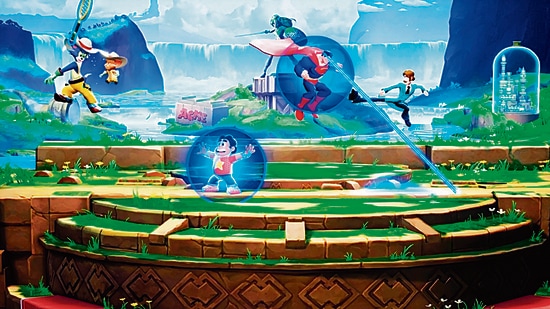
2022: Doctor Strange in the Multiverse of Madness introduces America Chavez, who punches star-shaped portals into multiple realities to travel through them and meet other Marvel characters. Outside of the MCU, In Everything Everywhere All At Once, a woman braves through alternate versions of her life to save her relationships, heal from generational trauma and save the multiverse. For videogame players, the team-based MultiVersus features characters from Warner Bros., DC Comics, HBO, Turner Entertainment, and Cartoon Network coming together and using their powers to defeat their opponents.
.
2023 and beyond: In the works are films and shows from the MCU collectively called The Multiverse Saga. Expect Ant-Man And The Wasp: Quantumania, Secret Invasion, The Marvels and two Avengers films, …The Kang Dynasty and …Secret Wars. A second season of What If…? and a sequel of Spider-Man: Across the Spider-Verse is also on the cards.
Enjoy unlimited digital access with HT Premium
Subscribe Now to continue reading

